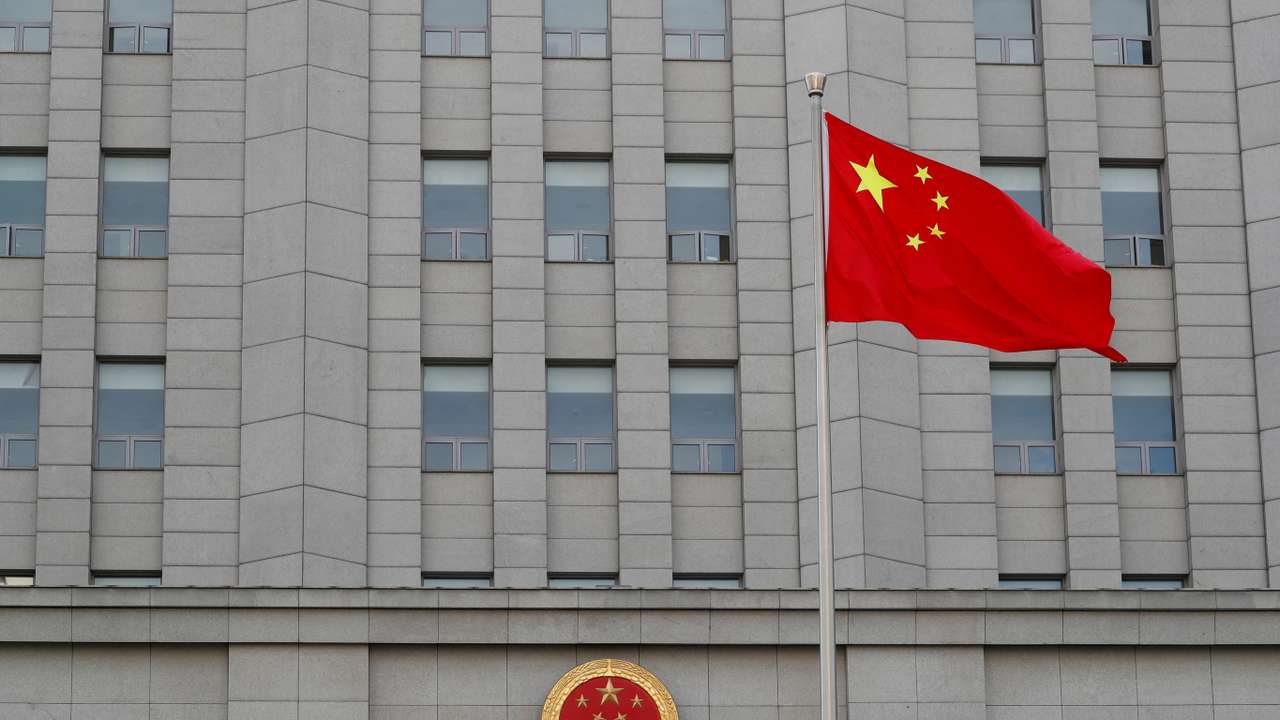China provided $1.34 trillion in loans between 2000 and 2021, focus shift from Belt and Road to emergency financing

Chinese financial institutions provided $1.34 trillion in loans to developing countries from 2000 to 2021, according to a report by U.S. researchers at AidData.
This report highlighted China's shift from infrastructure lending to rescue lending. Even though lending commitments peaked at nearly $136 billion in 2016, China continued to commit to approximately $80 billion in loans and grants in 2021, according to a report from Reuters.
The data from this report encompasses nearly 21,000 projects in 165 low and middle-income countries, making it one of the most comprehensive datasets.
Beijing's overseas financing has helped it gain allies in the developing world but has also faced criticism from the West and some recipient countries, such as Sri Lanka and Zambia. These countries have expressed concerns that the infrastructure projects funded by China have left them burdened with debt they cannot repay.
The data shows changes in the sources and focus of China's overseas financing. While China's policy banks represented over half of the lending in 2013 when President Xi Jinping launched the Belt and Road Initiative, their share declined to 22% by 2021. The People's Bank of China and the State Administration of Foreign Exchange (SAFE) played a more significant role in lending in 2021, primarily providing bailout lending.
The report by AidData noted that "Beijing is navigating an unfamiliar and uncomfortable role—as the world's largest official debt collector."
The study also found that much of China's growing rescue lending is denominated in renminbi, with loans in the Chinese currency surpassing U.S. dollars in 2020. Overdue payments to Chinese lenders have also increased.
To manage repayment risk, China uses foreign currency cash escrow accounts it controls. This arrangement is controversial because it gives China debt seniority, potentially disadvantaging other lenders, including multilateral development banks, during coordinated debt relief.
AidData identified 15 countries, mainly in Africa, with escrow accounts totaling a combined $2.5 billion at their peak in June 2023. The report's lead author, Brad Parks, noted that they could not identify all such accounts as they are usually kept private. However, they found collateralized loans worth $614 billion, with cash as the primary collateral required by Chinese lenders, indicating that the amount in escrow accounts could be much higher than $2.5 billion.
China is also collaborating more with multilateral lenders and Western commercial banks. Half of its non-emergency lending in 2021 involved syndicated loans, with 80% of those loans alongside Western banks and international financial institutions.
The destinations of Chinese overseas lending have also shifted. Loan commitments to African countries decreased from 31% of the total in 2018 to 12% in 2021, while lending to European countries nearly quadrupled to 23%. Another dataset showed loan commitments to African countries falling to a 20-year low in 2022.